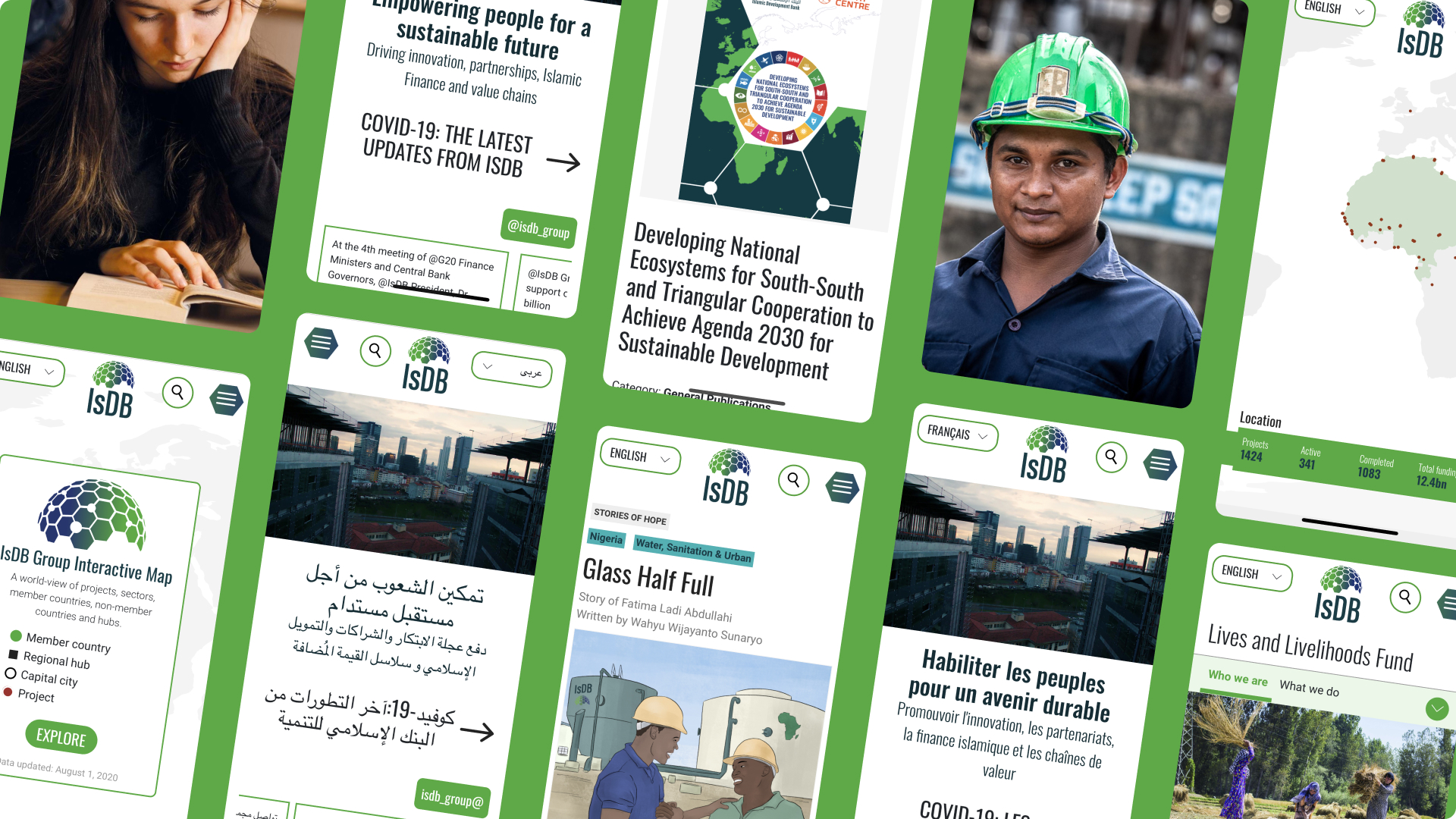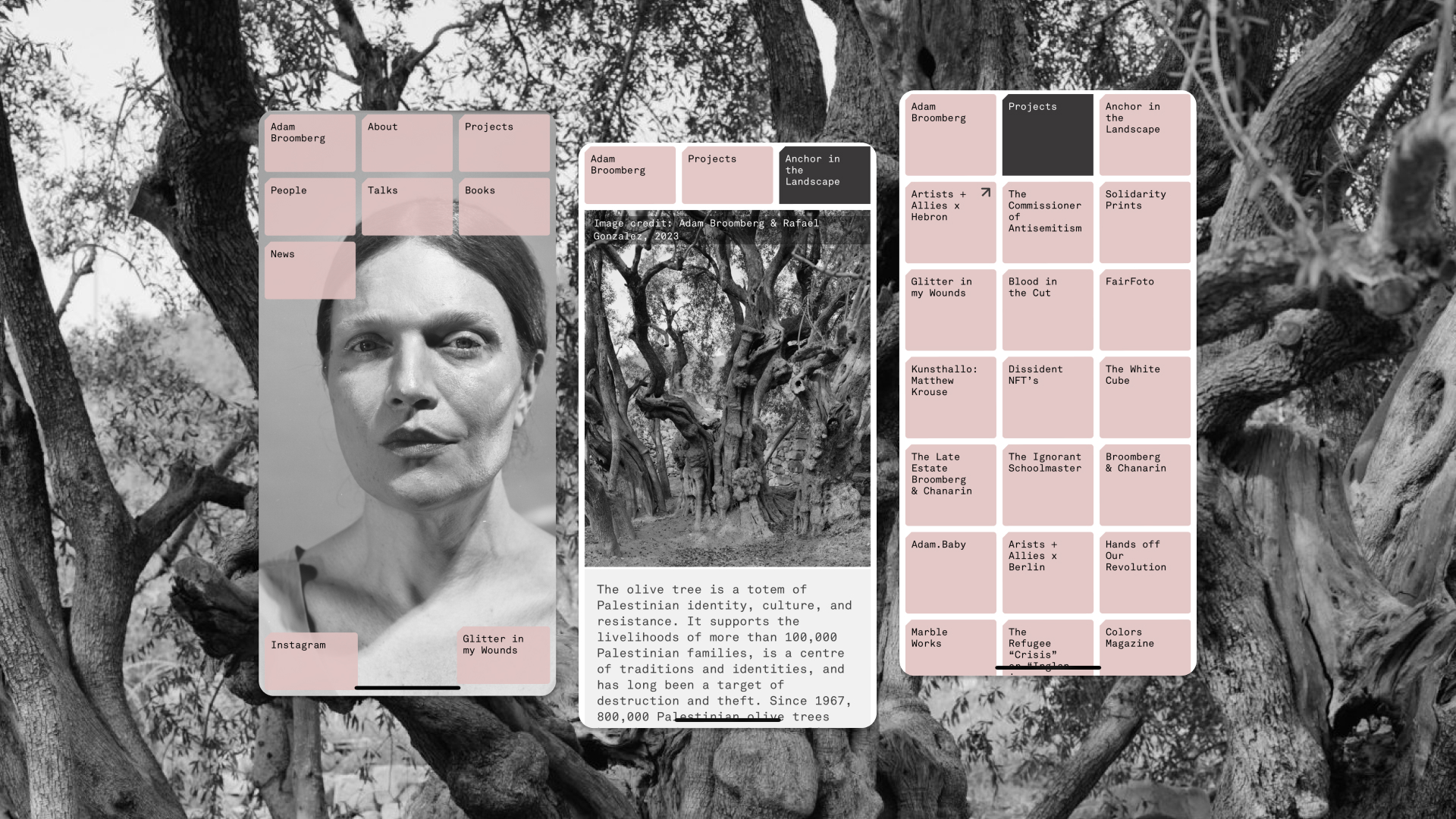Interactive Maps
Born explorers and navigators. We create interactive maps for the web. Maps that tell stories, help us navigate, visualize data and are playful. Map projects can either be created as stand alone or integrated witin existing platforms.
This includes:
- Data storage
- API integrations
- Data analysis
We work with:
- OpenStreetMap
- MapBox
- Google Maps
- D3

